Putting together a magic-using character in Dungeons & Dragons 5th Edition can be a terrifying task. There are quite a few choices that you need to make when you start, and every level afterwards. You also need to contend with spell save DCs, a unique statistic for casters in 5E. Getting to know this number—as well as your spell attack roll and any DC modifiers you might have—is critical for smooth play and reducing frustration.
Difficulty Checks, or DCs, in 5E represent how high a character must roll when a DM asks them to. To beat a DC, the character must roll a d20, add the relevant modifiers, and see if they matched or rolled higher than the number set as the DC. Many different aspects of a character sheet are DCs, such as Armor Class or Passive Perception.
The spell save DC of a character represents how difficult it is to avoid the full effects of that character’s magical spells. Spells use their DCs to determine if a target affected by the spell takes the full negative effects of it, or successfully saves against them.
Table of contents
How to calculate your spell save DC in DnD 5E
To calculate your own spell save DC in 5E, you need to know which mental ability score—Intelligence, Wisdom, or Charisma—powers your spellcasting. When you know which one it is, take your base spell save DC of eight, add your Proficiency Bonus to it, and then add that mental ability score’s modifier to it.
Written out with numbers, the calculation looks like this:
Spell Save DC: 8 + Proficiency Bonus + Casting Modifier + Item Bonuses
Let’s use an example. Lizzy is a level one Gnome Wizard with 16 Intelligence. Since 16 intelligence gives a modifier of plus-three, and we have a Proficiency Bonus of two, that gives us a total of eight + two + three, or 13, for our spell save DC when casting Wizard spells.
Spell save DCs improve over time, as your character levels and gains higher stats for casting. Once Lizzy gets to level five and her proficiency bonus improves to three, her spell DC becomes 14. If she got to 18 Intelligence, that’d improve her DC to 15.
The classes that have spell lists all have their own casting ability score that they use. They are the following:
- Intelligence: Arcane Trickster Rogue, Artificer, Eldritch Knight Fighter, Wizard
- Wisdom: Cleric, Druid, Ranger
- Charisma: Bard, Paladin, Sorcerer, Warlock
Several classes, such as the Way of the Four Elements Monk, use the same calculations for their spell-like abilities.
Once you have your spell save DC, you can ask targets to roll against it when you cast specific spells and cantrips. You will know that a spell requires a spell save DC because, in the spell entry, it will list that the target must make a “Saving Throw” with a listed ability score. For example, in the spell entry for Burning Hands, it lists the following:
“…a thin sheet of flames shoots forth from your outstretched fingertips. Each creature in a 15-foot cone must make a Dexterity saving throw.”
D&D Player’s Handbook, Wizards of the Coast, page 220.
Look for the words “saving throw” in the descriptive text. That’s how you know it’ll use your spell save DC instead of your spell attack roll. It’ll also tell what ability score must be rolled against the DC.
How to calculate your spell attack roll in DnD 5E
Once you are able to calculate your spell save DC, calculating your spell attack roll is easy. Simply take eight off of your spell DC. That is, your spell attack roll is your proficiency bonus plus the ability score modifier related to the spell in question plus any item bonus.
For example, Shiro the level one Half-Orc Sorcerer has 15 Charisma and wants to shoot a Fire Bolt at his target. Since he has a proficiency bonus of plus-two and a plus-two to Charisma, they have a total of a plus-four to their spell attack roll. Conversely, he has a 12 for his saving throw (eight + two + two).
Similar to how you find out if a spell uses a spell DC, you want to look in the spell’s description to know if it uses an attack roll. If it does, that means you roll your spell attack bonus against the target’s Armor Class.
Spell DC of racial cantrips and spells
Some races have the ability to provide cantrips or spells without being related to any class. In that case, the description of the ability will list what ability score is used for the spell DC or attack roll. For example, the High Elf’s cantrip lists that “Intelligence is your spellcasting ability for [the cantrip]” while the Tiefling’s spells mention that “Charisma is your spellcasting ability.”
In both of these cases, you will use the listed ability no matter what. Even if your High Elf is a Bard and learns Bard spells, you will use Intelligence—not Charisma—for your High Elf’s cantrip.
Multiclassing and spell save DCs in 5E
What happens when you multiclass and have multiple spells that cast? For each class, take note of what spells are part of that class and the ability score modifier that applies to it. Whenever you cast one of those spells in that class, you use the ability score modifier that that class uses.
For example, Tyra is a Druid/Cleric multiclass. Both of those classes use Wisdom to cast, so her spell save DC is the same whether she casts Entangle from her Druid spells or Command from her Cleric ones.
Related: How to multiclass in Baldur’s Gate 3
Bartholomew, however, is an Artificer/Bard multiclass. When he casts Catapult from his Artificer spells known, he calculates his DC using Intelligence. And when he casts Vicious Mockery from his Bard spells known, he uses Charisma to figure out his DC.
It is therefore very important that, if you plan on multiclassing into a caster, you take note of which spells are from which class. If they use different ability scores than one another, then their DCs and attack rolls will be different.
Magic Items that adjust spell save DCs
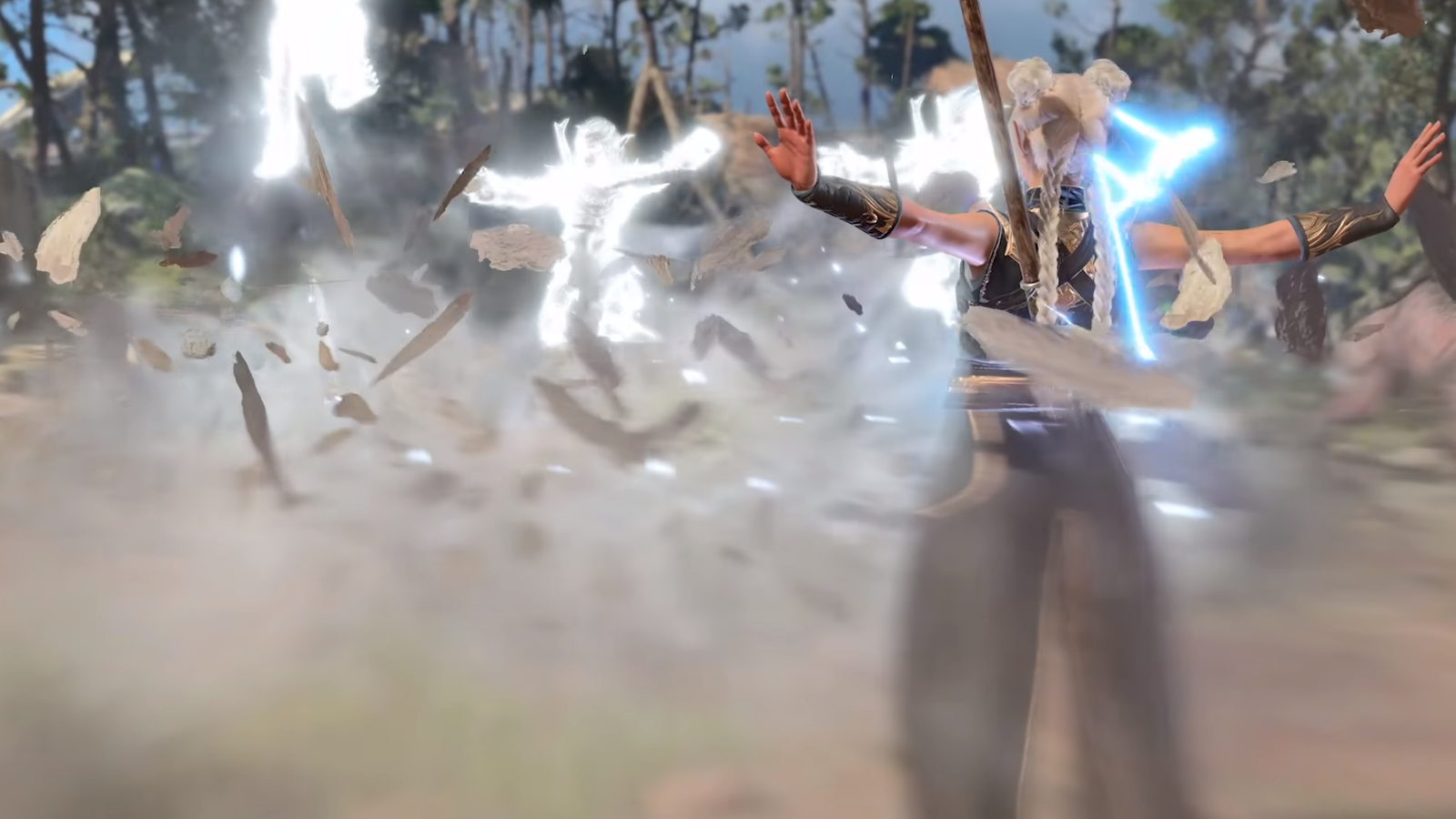
That being said, there are more than just stats and proficiency bonuses that go into your spell save DCs. Items are a very large bonus to your spell attack rolls and spell save DCs. As a magic user, keeping an eye out for these items is very important.
In 5E, each spellcasting class has access to a series of spellcasting focuses that improve your spell Attack Roll and spell Save DC by one, two, or three, depending on its level of enchantment. They are the following:
- All-Purpose Tool: Artificer
- Amulet of the Devout: Cleric and Paladin
- Arcane Grimoire: Wizard
- Bloodwell Vial: Sorcerer
- Moon Sickle: Druid and Ranger
- Rhythm-Maker’s Drum: Bard
- Rod of the Pact Keeper: Warlock
The Wand of the War Mage is another focus that increases any spellcaster’s spell attack rolls by its enchantment number. But it does not include spell save DCs.
For example, Talia the level two Halfling Bard with 16 Charisma discovers a +1 Rhythm-Maker’s Drum. When she attunes to it by taking a short rest, she can improve her spell save DC of 13 by one, to a total of 14. Her spell attack roll goes from a plus-five to a plus-six.
These are not the only items that do this, however. There are several other magical items, from staves to robes and talismans, that also improve your spell attack roll or spell save DC.
The Robe of the Archmagi, for instance, is a legendary endgame caster item. It sets your AC to 15 + Dexterity Modifier, gives you advantage on saving throws against magic, and improves your spell save DC and attack bonuses by two. Adding this to the magical focuses can make your spell attack rolls and spell DCs increase significantly.
In fact, for many casters, stacking these DC-increasing items is a very valid strategy to put enemies in difficult situations. A Warlock who attunes to a +3 Wand of the War Mage, Robe of the Archmagi, and a +3 Rod of the Pact Keeper gets a plus-eight bonus to spell attack rolls and a plus-five bonus to spell save DCs. This requires attunement to all three items, which can be a bit dangerous. You can only attune to three items in 5E, after all.

Some items, like the Staff of the Magi, provide similar numerical benefits while also providing utility and defensive options. Look for magical items like these to help your offense while giving you some defense.
These items apply to all DCs and attack rolls, including cantrips and spells obtained from a multiclass or racial feature.
Can I debuff enemy spell save DCs in 5E?
While there are several ways to buff your own spell save DC, there are very few ways to debuff an enemy’s DCs, outside of lowering their ability scores. The best way to beat spell save DCs in 5E is through improving your own spells.
Knocking down a spellcaster’s DC is quite hard, but possible. You could, for example, use the eighth-level spell Feeblemind to reduce the creature’s ability score to one in Intelligence or Charisma. While they can no longer cast spells, any spells that they are concentrating on might still be active. But, with an Intelligence of one, a Wizard is taking a massive penalty to spell save DC or spell attacks.
Methods of lowering ability scores are few and far between, however. Outside of specific Polymorph-like spells and curses, you aren’t going to be able to drop specific stats. You would be better off improving your saving throws to beat their spell save DC instead.
Thankfully, there are quite a few ways to bolster these defensive traits. Through feats like Resilient or spells like Resistance, you can add numerical bonuses to your chance to save against a spell or effect. In addition, items like the Robe of the Archmagi or spells like Haste can add advantage to your roll to save against specific effects.



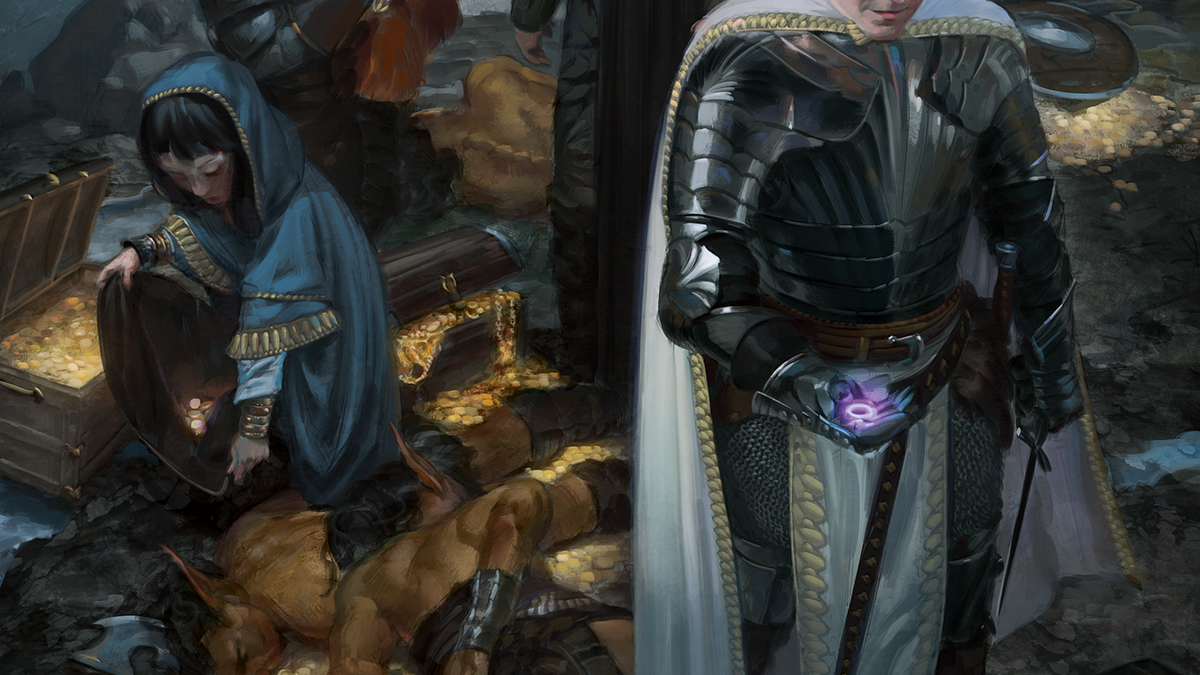


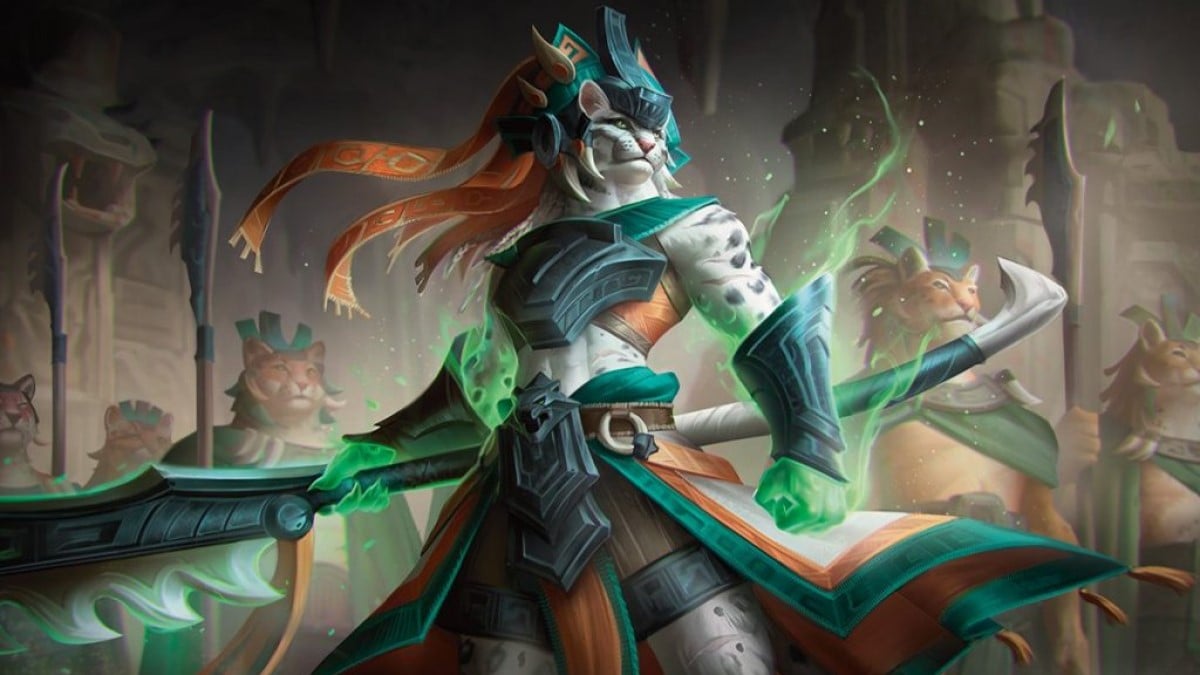
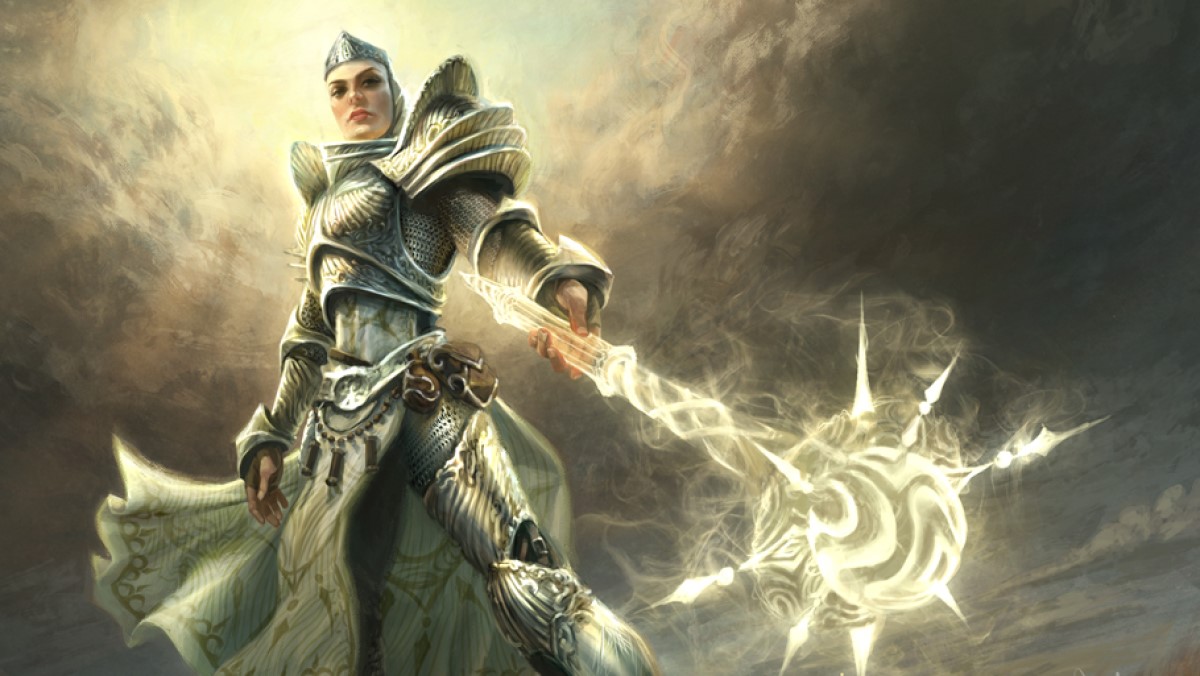

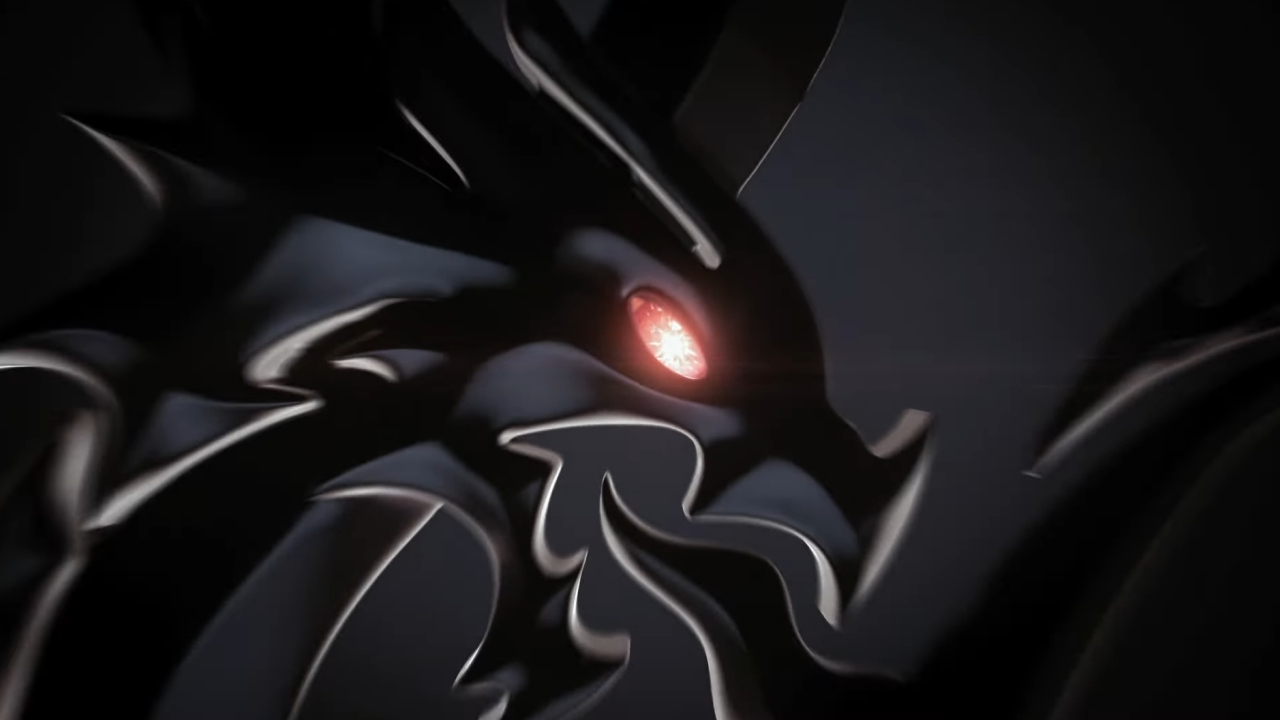
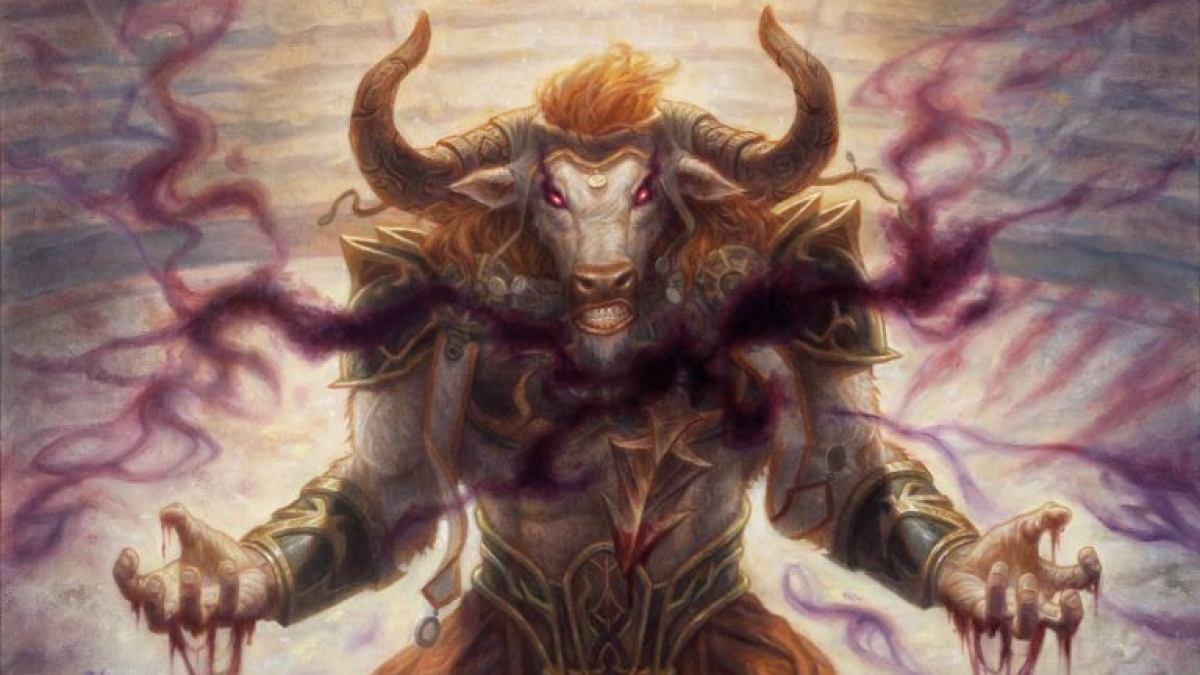

Published: Aug 24, 2023 05:05 am